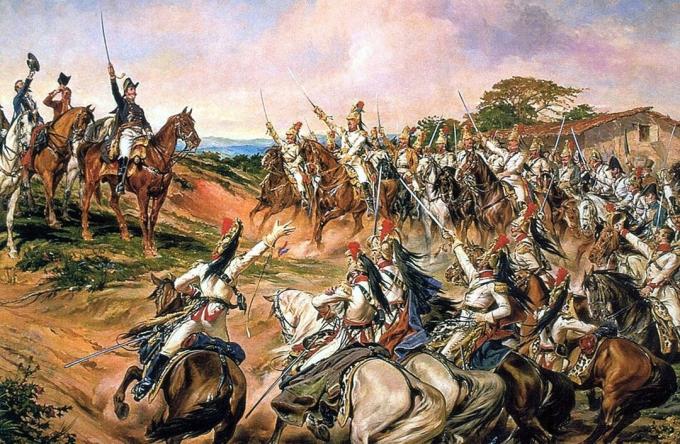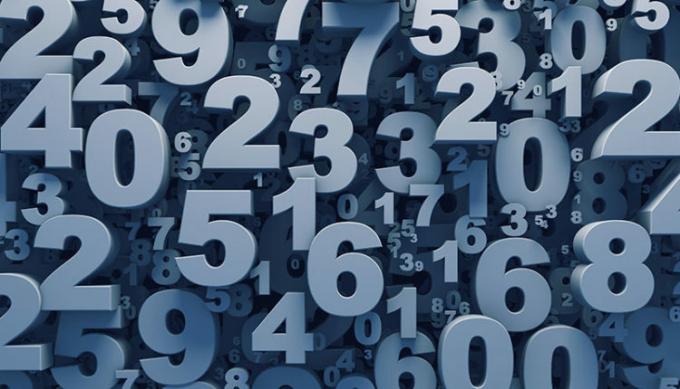THE Independence of Brazil happened on the day September 7, 1822. In this day, D. Peter proclaimed the independence of Brazil, turning the colony into a nation independent of Portugal.
It was proclaimed on the banks of the Ipiranga River, during the return of a trip by D. Pedro to São Paulo. Check out the History of Brazil's Independence for Early Childhood Education.
Index
- Historical context
- the return of the royal family
- Prince Regent's Government
- How Brazil's independence happened
- the moment of independence
Historical context
This period was marked by great turmoil and dissatisfaction. First when the royal family came to Brazil, running away from Napoleon Bonaparte, the scenario of the Portuguese colony changed completely, with changes in the structure to receive the court.
The economic scenario also changed, so that Brazil started to trade directly with England and the Brazilian nobility began to have more economic powers. Brazil was no longer a colony but United Kingdom of Portugal.
the return of the royal family
The population of Portugal was dissatisfied with the permanence of the crown in Brazil and with the economic freedoms that this nation was acquiring.
Then, in 1820, the Porto Liberal Revolution, in Lisbon. The Portuguese people ask for the return of the royal family and for Brazil to be demoted to the status of a colony.
Thus, the Portuguese family is forced to return to Portugal. Although, D. John VI leaves her son D. Peter as prince regent to govern Brazil.
Prince Regent's Government
During his government, the Brazilian people became dissatisfied, as several measures were taken to continue Portuguese rule.
However, the prince regent, guided by local elites, was taking decisions that favored Brazil, reversing the situation, and began to displease the Portuguese elites.
How Brazil's independence happened
With Portugal's great dissatisfaction, D. Pedro receives orders to return to Lisbon in 1821.
- Free Online Inclusive Education Course
- Free Online Toy Library and Learning Course
- Free Online Math Games Course in Early Childhood Education
- Free Online Pedagogical Cultural Workshops Course
However, his wife, Maria Leopoldine, advises him to stay in Brazil and around 8,000 people sign a document for him to stay in Brazil. So he decides to stick with the speech of being the best for the Nation.
This stay in Brazil was marked as "Day of Stay”, disobeying orders to return to Portugal.
Little by little, the possible break between Brazil and Portugal becomes more remarkable.
D. Peter creates the "Fulfill yourself", a measure that established that no decree taken by the court in Portugal would be valid here in Brazil, unless D. Peter approved of it.
the moment of independence

Portugal insisted on maintaining control over Brazil and, thus, in 1822, they sent an order that D. Pedro immediately return to the European Nation.
However, at that time D. Pedro was on a trip to São Paulo and Maria Leopoldina, the then princess regent of Brazil, became responsible for taking some decisions in her absence.
So, afraid of new news coming from Portugal, Maria Leopoldina decides to sign the decree of independence, declaring Brazil independent from Portugal.
After signing, Maria Leopoldina sends a letter to D. Pedro for him to proclaim the Independence of Brazil.
The letter arrived in the hands of D. Pedro on September 7, 1822, when the prince regent was on the banks of the Ipiranga River and, then, independence was proclaimed.
At that moment the scream became known "Independence or death", which was said in the act of proclamation, but there is no historical evidence to confirm this cry.
From that moment on, Brazil became an independent nation from Portugal.
However, Portugal only recognized Brazil as a Nation after receiving 2 million pounds in 1825.
Also check:
- Discovery of Brazil (April 22) – Summary, history and images
- Brazilian Independence Anthem
The password has been sent to your email.

